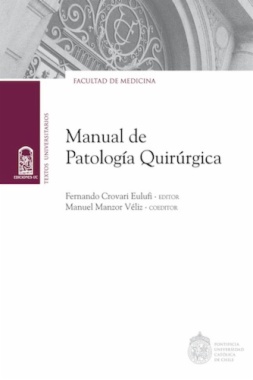
Estás filtrando por
Se encontraron 737 resultados en recursos

Compartir este contenido
Manual de patología quirúrgica
Copia el enlace o compártelo en redes sociales
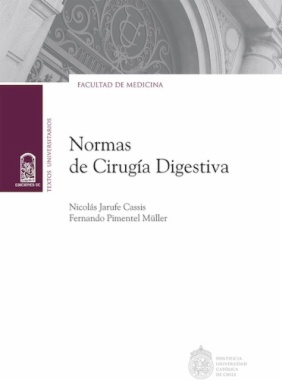
Normas de cirugía digestiva
Compartir este contenido
Normas de cirugía digestiva
Copia el enlace o compártelo en redes sociales
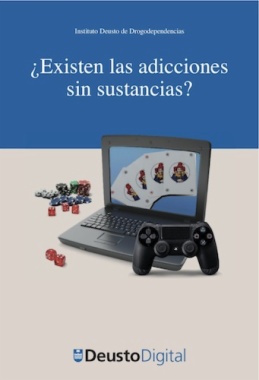
¿Existen las adicciones sin sustancias?
Compartir este contenido
¿Existen las adicciones sin sustancias?
Copia el enlace o compártelo en redes sociales
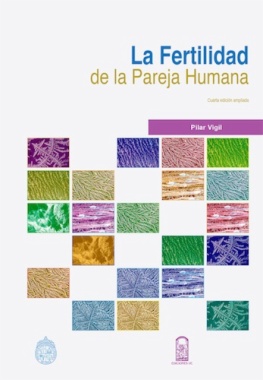
La fertilidad de la pareja humana (4a ed. ampliada)
Compartir este contenido
La fertilidad de la pareja humana (4a ed. ampliada)
Copia el enlace o compártelo en redes sociales
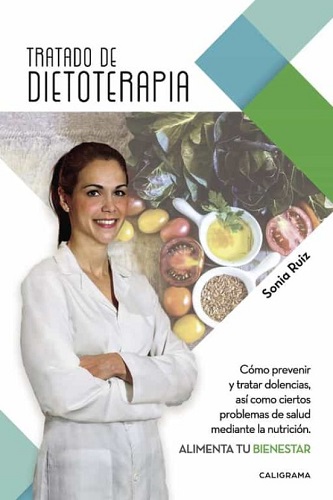
Tratado de dietoterapia
Compartir este contenido
Tratado de dietoterapia
Copia el enlace o compártelo en redes sociales
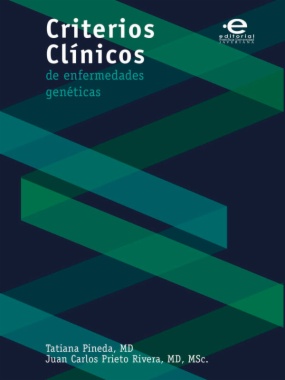
Criterios clínicos de enfermedades genéticas
Compartir este contenido
Criterios clínicos de enfermedades genéticas
Copia el enlace o compártelo en redes sociales
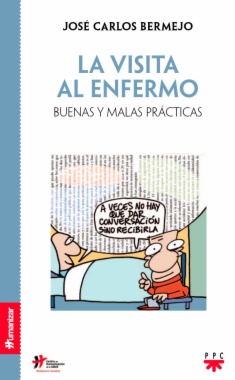
La visita al enfermo
Compartir este contenido
La visita al enfermo
Copia el enlace o compártelo en redes sociales

Experiencia de estudiantes de medicina en un programa universitario de salud familiar y comunitaria de Bogotá (Colombia)
Compartir este contenido
Experiencia de estudiantes de medicina en un programa universitario de salud familiar y comunitaria de Bogotá (Colombia)
Copia el enlace o compártelo en redes sociales

“¡Se acerca la gripe asiática!”: crónica de una pandemia antes de su llegada (Brasil, 1957)
Compartir este contenido
“¡Se acerca la gripe asiática!”: crónica de una pandemia antes de su llegada (Brasil, 1957)
Copia el enlace o compártelo en redes sociales

Viruela en Santiago, Concepción y Santafé: comparación de las estrategias higienistas ilustradas (1782-1807)
Compartir este contenido
Viruela en Santiago, Concepción y Santafé: comparación de las estrategias higienistas ilustradas (1782-1807)
Copia el enlace o compártelo en redes sociales
Selecciona las Colecciones en las que vas a añadir el contenido
Para consultar los contenidos añadidos busca la opción Tus colecciones en el menú principal o en Mi perfil.
